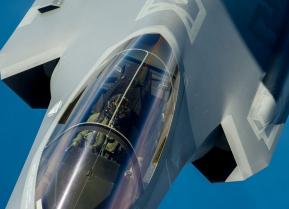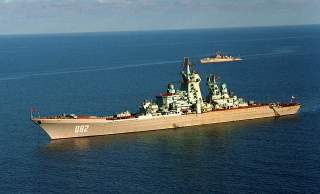In 1984 and 1988, War Planners Simulated a U.S.-Russia War in Asia. It Would Have Ended Badly.
Everyone concerned is fortunate that tensions never led to open combat.
Both the Soviets and the Americans had options in Asia. The strategic environment was far more fluid than in Europe, allowing a variety of different choices to disrupt and destabilize the opponent. This made the course of war far less predictable. At its (nonnuclear) worst, war could have raged across Asia on multiple fronts, from Korea to Japan to the Sino-Soviet border. At its best, the combatants might have observed an uneasy quiet, at least until it became necessary to outflank a stalemate in the West. But as was the case in Europe, everyone concerned is fortunate that tensions never led to open combat.
Robert Farley, a frequent contributor to the National Interest, is author of The Battleship Book. He serves as a senior lecturer at the Patterson School of Diplomacy and International Commerce at the University of Kentucky. His work includes military doctrine, national security and maritime affairs. He blogs at Lawyers, Guns and Money, Information Dissemination and the Diplomat.
This first appeared in 2016.


